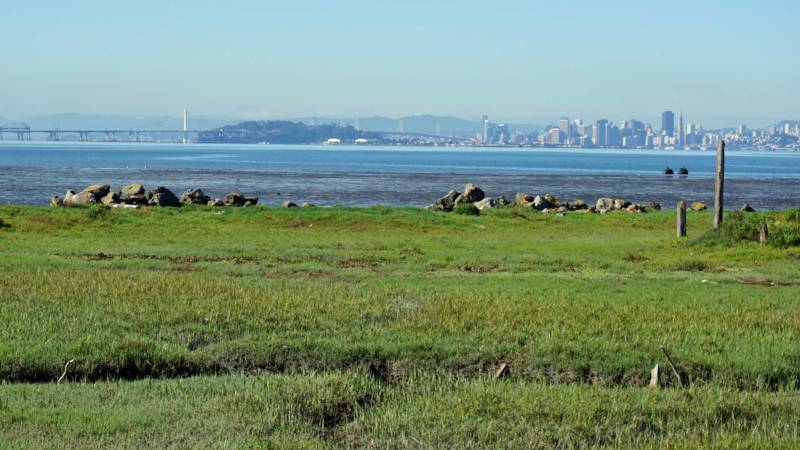A measure to restore San Francisco Bay wetlands and prepare for sea level rise appears to have passed with about 69 percent of the vote.
As of Wednesday morning, unofficial counts had Measure AA clearing the required two-thirds vote by more than 31,000 votes. That’s a margin unlikely to be overcome by the few ballots yet to be counted. The $12 per year parcel tax would raise $500 million over 20 years for environmental restoration. The measure requires a two-thirds margin of all the votes cast among counties surrounding the bay.
Supporters worked for more than a decade to put the rare, all-Bay Area measure on the ballot. Thousands of acres of the bay’s shoreline are slated for restoration, but have lacked a funding source. Around 80 percent of the bay’s wetlands have been lost since the Gold Rush.
“People in the Bay Area love San Francisco Bay,” said David Lewis, executive director or Save the Bay. “They want it to be clean and healthy. The money raised by Measure AA could restore 10,000 to 15,000 acres of tidal marsh.”
It’s also one of the first times climate change adaptation has been put before voters. Sea level could rise 2 feet by midcentury and Measure AA supporters say wetlands are a key strategy in the face of rising water, since they absorb storm surges and protect important infrastructure.
